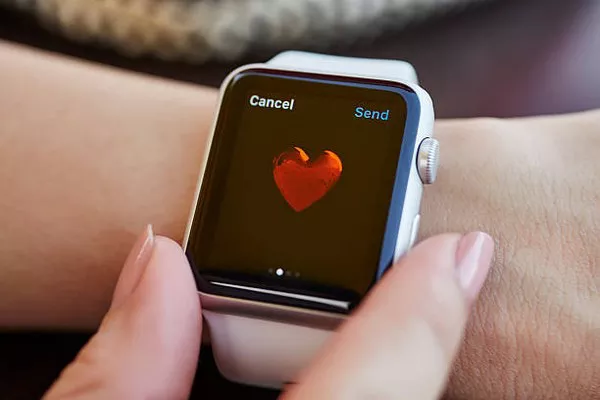In a groundbreaking development, Apple is set to revolutionize device security with a new patent that could enable users to unlock their devices using their unique heart rhythms. This innovative feature, detailed in a recently granted patent, builds on the electrocardiogram (ECG) technology already available in the Apple Watch and hints at future applications for iPhones.
The patent outlines a method for using an individual’s distinctive heart rhythm as a biometric identifier. According to Apple Insider, the proposed technology involves integrating a sensor into electronic devices to detect cardiac activity and electrical signals. This biometric data would then be used to authenticate the user, allowing them to unlock their devices with their heartbeat.
Currently, Apple Watches utilize ECG sensors through two contact points: a sensor on the back of the watch and the digital crown, which users touch with their finger. This setup completes an electrical circuit to measure heart signals when the ECG app is activated. The new feature could extend this technology, enabling users to unlock their connected Apple devices simply by wearing their Apple Watch, thereby enhancing both convenience and security.
The new method parallels the existing feature that allows Mac users to unlock their computers with an Apple Watch. The patent also suggests that future iPhones might incorporate ECG sensors, enabling users to unlock their phones merely by holding them.
Additionally, the patent hints at the potential for this technology to go beyond mere authentication. It could also include mood detection capabilities, allowing devices to adjust settings, such as music playback, based on the user’s emotional state detected through heart rhythm analysis.
The patent, credited to inventors Gloria Lin, Taido L. Makajima, Pareet Rahul, and Andrew B. Hodge, marks a significant advancement in biometric identification. Gloria Lin, in particular, is noted for her expertise in biometric technologies. If implemented, this feature could transform how devices interact with users, merging enhanced security with greater convenience.

